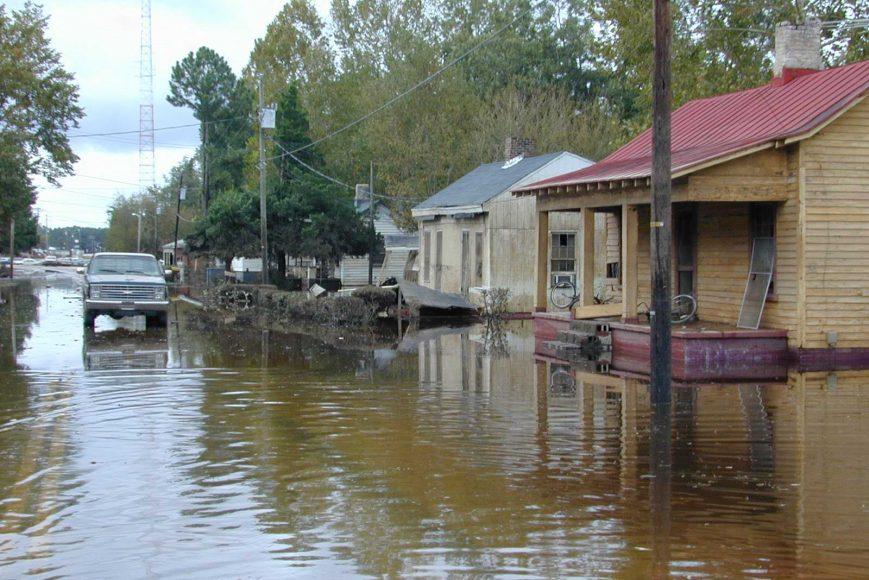By Pat Nunnally
Richard M. Mizelle, Jr., a historian at the University of Houston, masterfully lays out the history and contested geographies of water in east-central North Carolina along the Tar River. Even from its 19th-century origins, the mostly African American community of Princeville struggled to form community on marshy, frequently flooded ground. When Hurricanes Dennis and Floyd hit North Carolina in 1999, Princeville flooded. It soon developed that Rocky Mount, a city upstream on the Tar River, had opened floodgates on the local reservoir to relieve flooding pressure on the city. When Princeville flooded, many saw it as another example of the pernicious environmental landscape of race. As Mizelle put it, “The perception, whether real or imagined, that Princeville was sacrificed by their upstream neighbor goes a long way into tapping into the frustrations of not simply race and class, but the two century long struggle of downstream neighbors to fend off and demand equality from the seemingly sacrificial actions of those more pristinely situated up-river.” Rivers, then, must be understood as components of historical landscapes of race, class, and power inequities, as well as hydrological, biological, and geological systems.
Mizelle’s article originally appeared in the Spring 2016 issue of Open Rivers.
See the article Princeville and the Environmental Landscape of Race in Open Rivers.

Princeville, North Carolina, one of the oldest Black towns established after the Civil War, is regularly flooded by the Tar River.